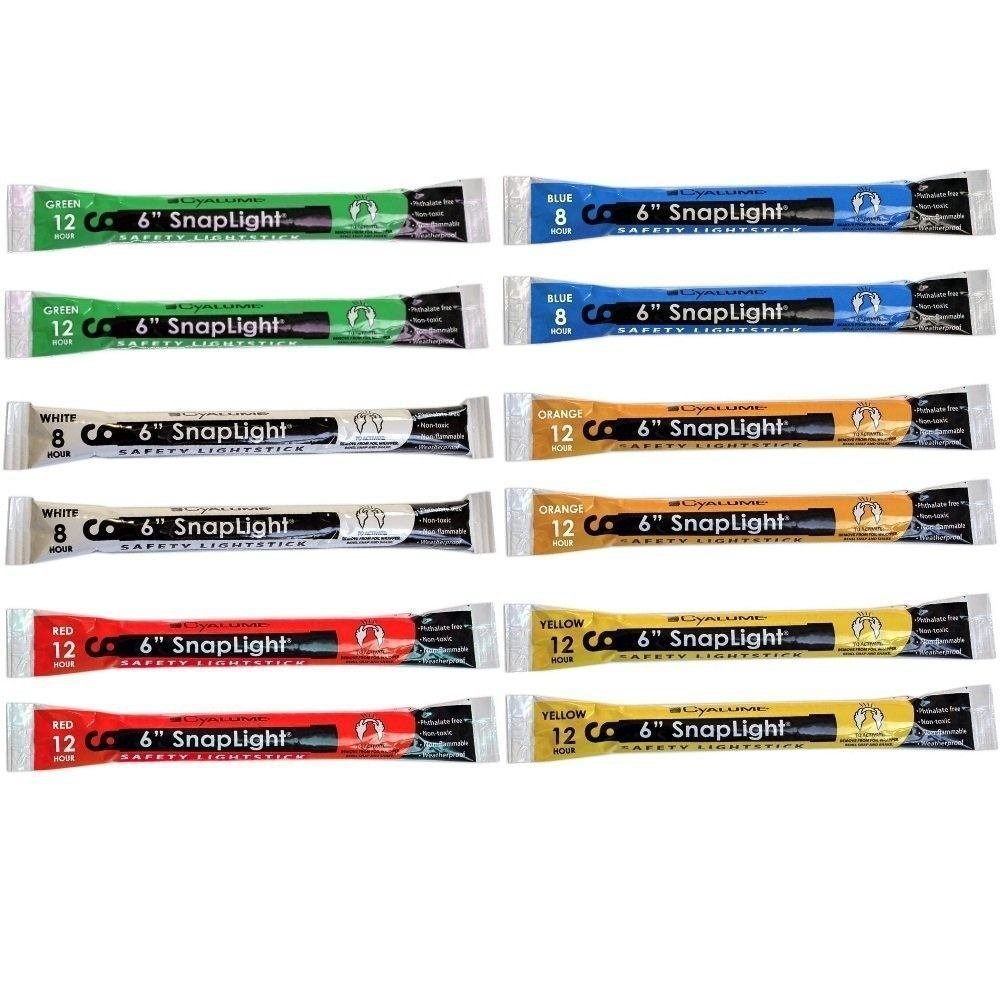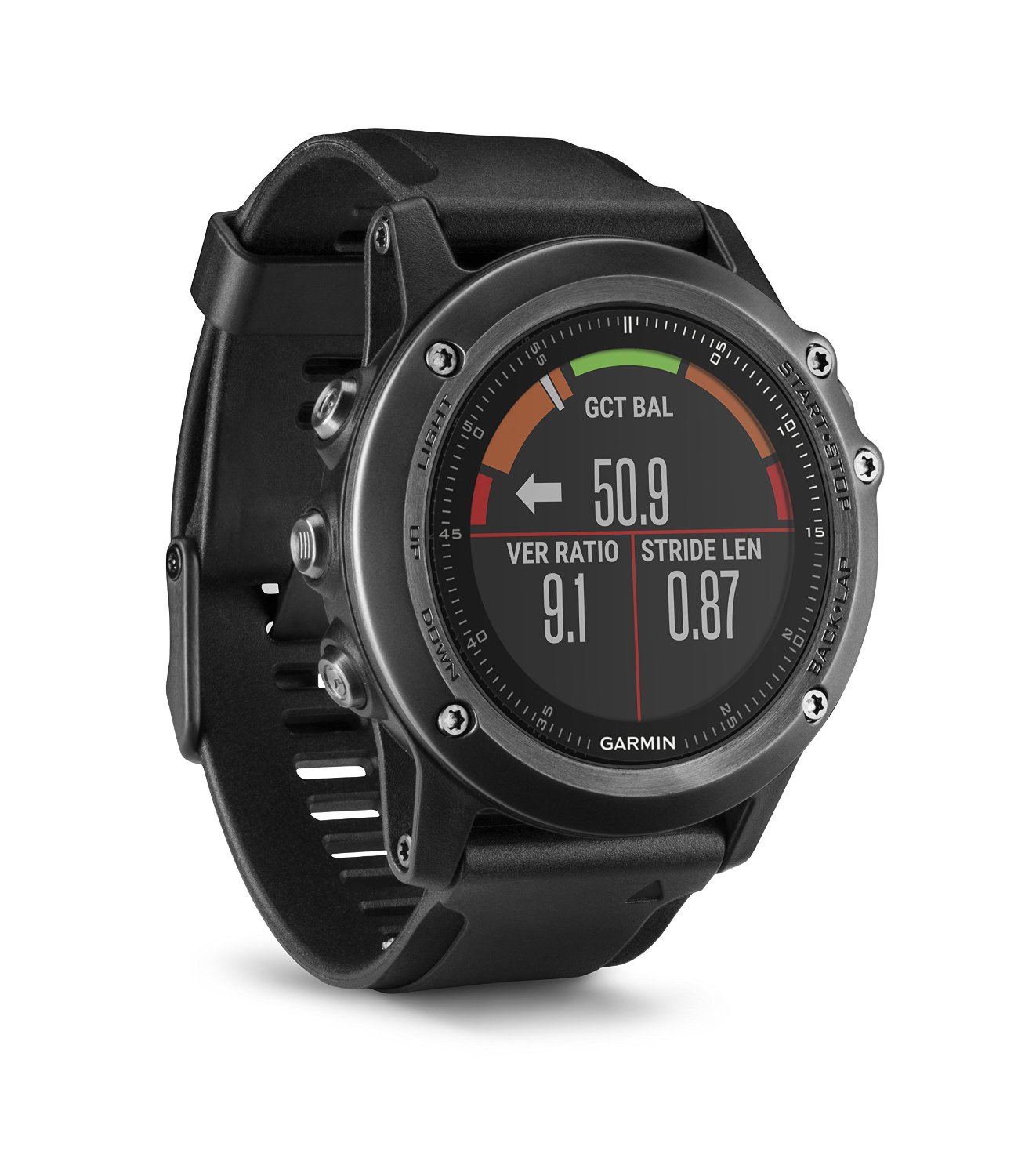The Observer's Toolkit
This article does not address:
- observer qualifications
- observer roles and responsibilities
- observer temperament
- varieties of observer logs
- CPR, AED, and First Aid training
- warning signs and diagnosis of hypothermia and hyperthermia
- rules of marathon swimming
- GPS tracking of marathon swims
- how to take photos and video, and how to edit video
All of the above bullet points, IMO, are important to properly observing and documenting a marathon swim. Which may surprise some people who think all there is to observing is filling out a log!
This article will address none of that. The present focus is quite narrow: **What stuff to bring along, when you are tasked with observing and documenting a marathon swim. **
With that in mind, here’s a glimpse of my “toolkit” for a Farallon swim attempt I observed last year:

Not included in the photo: stuff that couldn’t be neatly posed - like my swim parka, camping chair, big Speedo bag, clothes, and case of sparkling water.
Ever tried Trader Joe’s mango trek mix?
Anyway, here’s my list. I’ll probably add to it later, so feel free to bookmark for later reference.
Stopwatch
The observer is the official timekeeper. So, you need some method of keeping time.
Pro Tips
- I keep the “master” time on a coach-style handheld digital stopwatch. I keep multiple “backups” of the master time on other devices - and other people’s devices.
- Before the swim starts, I synchronize my analog wristwatch with the network synchronized time on my phone.
- When the swim starts, I note the time of day (hours, minutes, seconds) on my wristwatch, and record it in the observer log. (Backup #1).
- When I start my GPS watch to record the track - that’s Backup #2.
- You don’t want to lose track of the elapsed time! Back it up - and then back it up again! Ask a crew member to back it up a third time.
- I use the stopwatch’s neck strap to tie it off somewhere up and out-of-the-way, where it won’t be accidentally bumped and stop the time.
Useful Features
- Waterproof (or at least water-resistant).
- Large digital numbers.
- Make sure the readout supports multi-hour events - and double-digit hours!
Recommended product

Waterproof Notebook & Pen
As I mentioned in The Art of the Observer Log, I use a simple waterproof notebook to record my observations, in lieu of a traditional observer log.
This allows me to efficiently document the swim without regard for neatness. Later, back on land, I transcribe my shorthand notes onto a finalized, neatly handwritten, non-water-stained observer log.
RECOMMENDED PRODUCTS
Rite in the Rain 4 5/8″ x 7″ Spiral Notebook


Rite in the Rain Tactical Black Clicker Pen
Extra Glowsticks
For night swims, the swimmer should always bring multiple glowsticks. More often than you’d think, they forget. It’s a good idea to bring a backup supply, just in case.
Glowsticks aren’t just for swimmers! Tie them along the side of the boat, facing the swimmer (front, middle, rear). Tie them along the side of the kayak (front, middle, rear). Tie one around your neck, and encourage support crew to do the same.
Obviously the swimmer should always wear a source of illumination at night, for safety as well as proper observation. As a swimmer, I actually prefer a small LED light clipped on my goggle strap, rather than a glowstick. For illuminating boats and kayaks (and giving away to others), glowsticks are preferable.
Recommended product
Cyalume SnapLight 6″ Industrial Grade Light Sticks

Portable Device Charger
My phone (a Nexus 6p, at the moment) gets a lot of use on swim observation gigs. A decent smartphone with well-selected apps serves quite well as a (video)-camera and GPS tracker + navigator - obviating the need for separate devices.
But smartphones aren’t usually known for their battery life, and after a few hours of heavy use you may find your phone/camera/tracker/social media hub is out of juice. Not so good if you’re depending on the phone to help document the swim!
Some boats, especially larger ones, have standard wall outlets. In my experience, even when a boat has outlets, there usually aren’t enough to go around (consider the boat crew, personal crew, observer(s), each with their own devices).
Better to bring your own power, in the form of handy portable charging stations. Pay attention to the output specs, especially if you plan to charge iPads & other power-hungry devices.
Recommended product
RAVPower 4.5A dual-output portable charger

Waterproof Smartphone / Tablet Case
Did I ever mention the time I dunked my brand-new Samsung in Lake Tahoe? Easier to do than you might think. If you’re out on the water, don’t expect yourself or your prized electronic possessions to stay dry.
Don’t learn this lesson the hard way! Get a waterproof case for any phones and tablets you bring on the boat.
Recommended product


Thermometer
Sometimes boats have built-in thermometers; sometimes they don’t. Either way, you should bring your own, so you’re not constantly harassing the captain for the latest sea temp reading. Calibrate your observer thermometer against the boat’s, then leave the captain alone.
Avoid the “floating duck”-style pool thermometers, and find one marketed for fly-fishing (where durability and accuracy matters). Tie it to a long, thin rope so you can easily submerge it a couple feet underwater.
Recommended PRoduct
Orvis Rugged Stream Thermometer

Smartphone Apps for GPS Tracking
A smartphone can function as a GPS tracker! Even if you’re out of range from your cellular network, it can record a GPS track. Even in airplane mode.
**Important caveat: **Out of cell network range, a smartphone can function as a passive _recorder _of a GPS track, but it cannot _transmit _this information back to land. So, it doesn’t replace a SPOT Tracker (or other satellite messenger device) unless you have network reception.
For passive GPS tracking and navigation, I really like:
- GPS Essentials on Android
- Navionics Boating on iPhone/iPad
Digital Camera
Yes, a good smartphone can serve the same function. But if you have any skill or ambition for video-editing, you may wish to invest in a dedicated camera. Even a few minutes of well-edited video can bring a marathon swim to life - not only for friends & family who weren’t on the boat, but for the swimmer herself!
An interesting emerging technology in this space is the 360-degree “spherical” cameras. You may have seen some of these videos on YouTube - they’re kind of mind-blowing. You can use your mouse/finger to “move” the focus to a different perspective.
Soon enough, we’ll probably be seeing 360-degree “immersive” videos of marathon swims. You can watch the swimmer… and the crew… and the curious sea lion off the stern… all at the same time!
Recommended Product
Ricoh Theta S 360-degree digital camera

GPS Watch
Yes, a good smartphone app can serve the same function - but I like the convenience of glancing at my wrist rather than constantly switching on my phone display. Plus, the battery life and GPS transponder quality are better on specialized navigation products, compared to a phone.
Useful features
- Navigation (usually found in watches designed for backcountry hiking or boating - such as the Garmin Fenix family - but not in watches designed for running and cycling - such as the Garmin Forerunner family.
- **Waterproof **(again, a feature of the Fenix family of watches, but not lower-end Forerunner watches).
Recommended product

Marine Radio
Not strictly necessary for an observer, but potentially useful to keep your ears tuned to the captain’s communications with nearby vessels and/or the Coast Guard.
Very useful, actually, for kayakers - to communicate with the observer and support crew without shouting.
Useful Features
- Waterproof
- Floating
Recommended Product
Icom M36 Floating 6W Marine Radio

Camping Chair
If a swim lasts more than a few hours, you probably won’t want to be standing up the entire time. But the comfortable seating on boats is often inside the galley. To sit comfortably _and _maintain close visual contact with the swimmer, bring a camping chair.
Useful Features
- Folding or collapsible.
- Relatively low to the ground (less likely to tip over!).
- Zippered pocket (perhaps for storing your observer notebook & other accessories).
Recommended Product
Alps Mountaineering Rendezvous Chair

Clothes
Try to anticipate the full range of marine weather conditions you might encounter, and bring sufficient layers to stay comfortable within that range.
Some potentially useful items (with a bias to coastal California weather, which is my experience):
- Wool socks
- Lightweight long-sleeve shirt
- Swim parka
- Sunglasses
- Flip-flops
- Wide-brim hat (with strap to prevent flying off in the wind)
- Non-oily sunblock (I like Coppertone Sport).
Food & Hydration
Sometimes swimmers bring provisions for those who will be supporting their swim. Sometimes, unfortunately, they don’t. Either way, you’ll probably want to bring some of your own stuff.
Trader Joe’s, for some reason, seems to have an abundance of stuff that tastes great on boats. I recommend their:
- ginger chews
- sparkling water & sparkling fruit juice
- wasabi peas
- chocolate covered almonds & espresso beans
- trail mix w/ dried mangoes
- peanut butter granola bars
Sorry, you’re telling me Trader Joe’s isn’t in Dover yet?
Health & Well-Being
I don’t particularly enjoy the feeling of a scopolamine patch, but it’s far better than seasickness. And quite effective in my experience. Be sure to apply it several hours before you leave the harbor. Prescription required in the U.S.; not sure about abroad.
Supplement with ginger (capsules, chews, etc.).
**Toothbrush & toothpaste. **For the sake of your fellow passengers. Also I think it mitigates some of the nasty scop-patch dry mouth.
And it bears repeating - don’t forget sunblock!